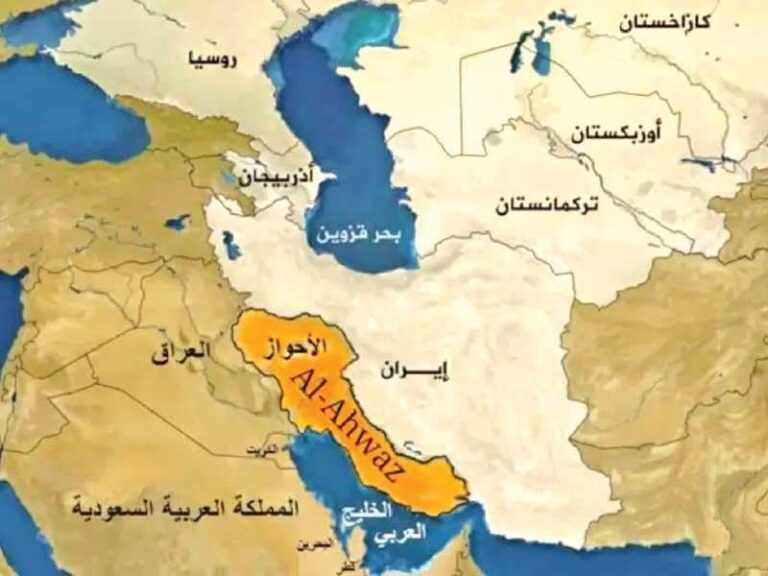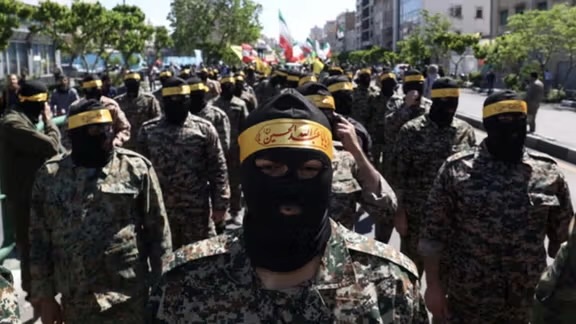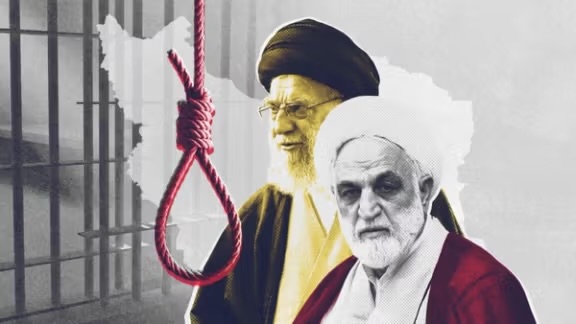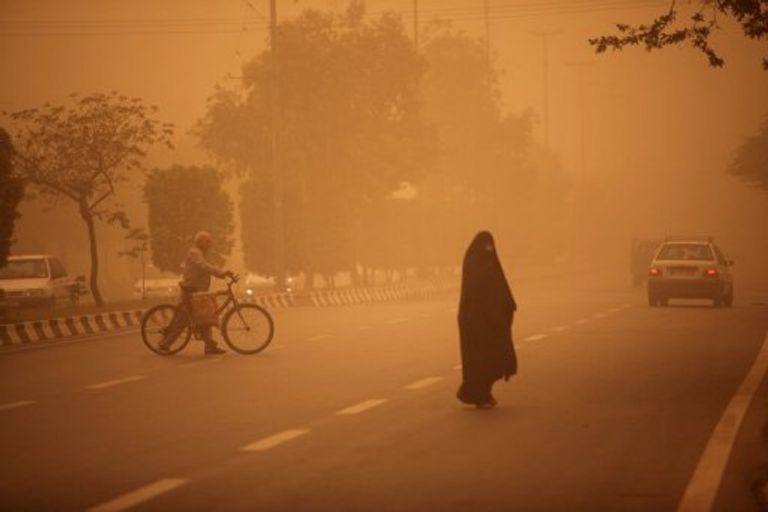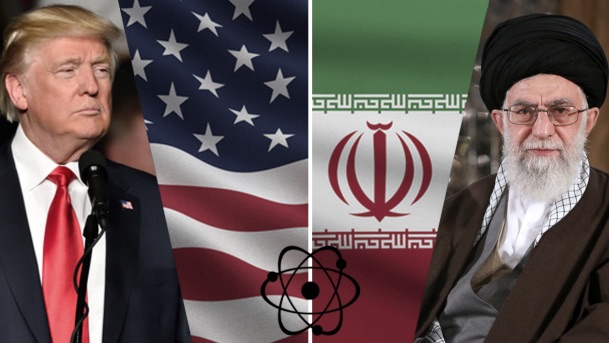
Introduction
The balance of power in the Middle East is rapidly shifting, and with Donald Trump’s return to the U.S. presidency in January 2025, questions are rising about Iran’s future in the face of significant regional transformations, from the fall of Bashar al-Assad in Syria to the assassination of Hassan Nasrallah and the crises in Gaza. These transformations come at a critical moment for Iran, which has experienced increasing international isolation and severe economic pressures due to Trump’s “maximum pressure” policy during his previous presidency. This paper analyzes how Trump’s return will impact Iran in light of these regional and international developments, using research from leading U.S. think tanks.
1. Regional Transformations and Their Impact on Iran
The Fall of Bashar al-Assad and the Threat to Iran’s Influence in Syria
Since the outbreak of the Syrian crisis, Iran has been one of the key allies of President Bashar al-Assad, providing military and economic support to the Syrian regime. With Assad’s fall in 2024, Syria became a battleground for regional and global powers, representing a significant blow to Iran. According to the Carnegie Endowment for International Peace, Iran has lost one of its most important regional allies, which significantly affects its influence in the Levant. The institution adds that Tehran may find itself forced to reassess its strategy in Syria, which had been a central focus of its military presence in the region.
The Assassination of Hassan Nasrallah and the Diminishing Power of Hezbollah
Iran was also affected by the assassination of Hassan Nasrallah, the Secretary-General of Hezbollah, in an Israeli operation. Hezbollah, one of Iran’s key military proxies in the region, has suffered a significant loss in capabilities following Nasrallah’s death. According to the Center for Strategic and International Studies (CSIS), this assassination not only weakened Hezbollah militarily but also diminished Iran’s ability to influence Lebanon and the broader regional balance.
The Gaza Ceasefire Agreement and the Threat to Iran’s Influence
Recently, a ceasefire agreement was signed between Israel and the Palestinian factions supported by Iran in Gaza. However, reports from the Washington Institute for Near East Policy (WINEP) suggest that this agreement may limit Iran’s ability to use Gaza as a platform for its regional objectives. Iran has relied on supporting Palestinian factions in Gaza as a tool for challenging Israeli dominance, and any change in this dynamic could weaken Tehran’s influence over the Israeli-Palestinian conflict.
2. International Isolation and the Impact of U.S. Sanctions
Economic Pressures Under Trump’s Administration
One of the most significant effects of Trump’s policy on Iran was the “maximum pressure” campaign, in which the U.S. withdrew from the nuclear deal in 2018 and imposed severe economic sanctions on Tehran. According to a study from RAND Corporation, these sanctions have severely impacted Iran’s economy, with oil exports drastically reduced, resulting in a deep economic crisis within the country. This international isolation has led to widespread domestic discontent, and the government has been forced to adopt painful measures, such as cutting subsidies and adjusting the currency policies.
Expanding Alliances with Russia and China
In an attempt to mitigate this isolation, Iran has sought to strengthen its relationships with countries such as Russia and China. According to an analysis from the Center for Strategic and International Studies (CSIS), Iran aims to leverage these alliances for economic and military cooperation. However, the report suggests that these alliances may have limited impact in the face of ongoing U.S. pressures, as Russia and China are unlikely to replace the benefits that Iran previously enjoyed from Western ties.
3. Iran’s Future Strategies in Light of Trump’s Return
Readiness for Dialogue and Easing Crises
According to a study by the Brookings Institution, there are indications that Iran may begin showing a willingness to engage in dialogue with the United States. Iran’s newly elected president, Masoud Pezeshkian, has expressed readiness for negotiations with the new U.S. administration in an effort to alleviate the economic crises. However, at the same time, reports indicate that Iran is unlikely to quickly abandon its nuclear ambitions or its regional axis, meaning any negotiations would likely be complex.
Restructuring Internal Policies
Domestically, Iran faces a profound economic crisis that may compel the government to restructure some of its policies. According to RAND Corporation, the Iranian regime is struggling to maintain internal stability amidst deteriorating living conditions. There are also increasing calls for political and economic reforms, which may attract the attention of the Trump administration, especially if it focuses on diminishing Iran’s influence in the region by putting pressure on its internal system.
Conclusion
In light of Trump’s return to the U.S. presidency, Iran faces a complex set of challenges both regionally and internationally. From the regional transformations of Assad’s fall to the diminishing power of Hezbollah, and the international isolation exacerbated by U.S. sanctions, it seems that Iran will need to reassess its strategies urgently. Tehran may seek to use diplomacy to alleviate economic isolation, but its success in this endeavor will depend on several factors, including the willingness of the Trump administration to reach a new nuclear agreement and the stability of the regional situation in the Middle East.
Sources:
1. Carnegie Endowment for International Peace
2. CSIS – Center for Strategic and International Studies
3. WINEP – Washington Institute for Near East Policy
4. Brookings Institution
5. RAND Corporation
